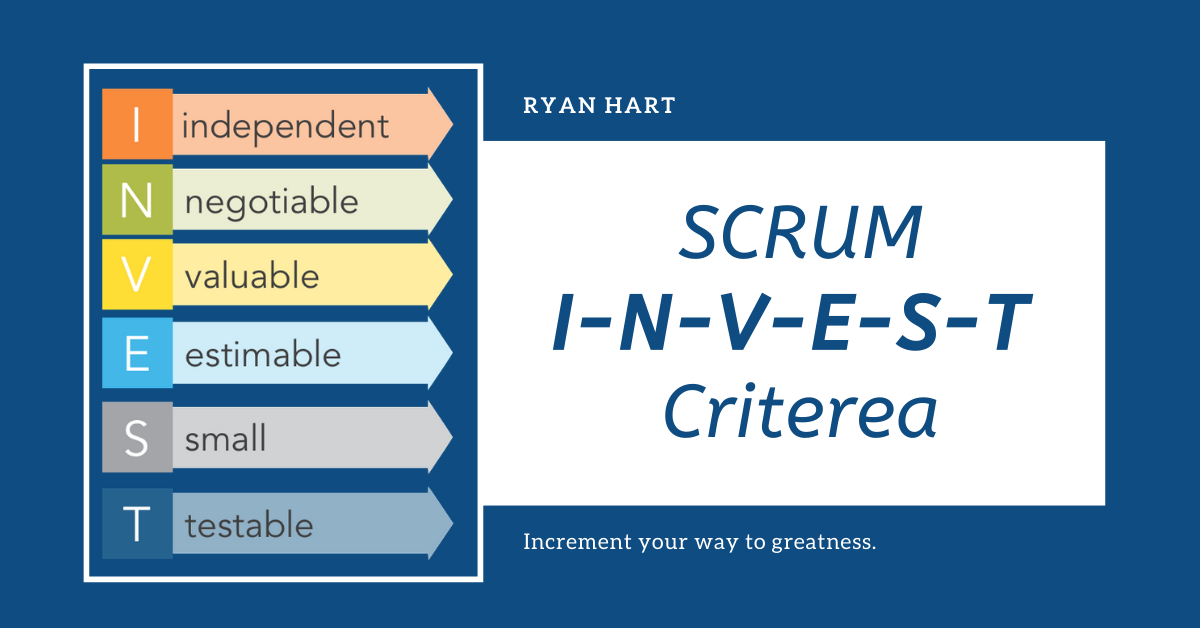Agile Investment Principles for a Dynamic Business Environment
Agile Investment Principles for a Dynamic Business Environment
In today’s rapidly evolving business landscape, organizations are constantly seeking ways to adapt and thrive amidst uncertainty and change. Agile methodologies, which have gained prominence in the software development domain, offer a valuable framework for fostering innovation, flexibility, and continuous improvement. These principles can be effectively applied to the investment process, enabling organizations to navigate market volatility, make informed decisions, and maximize returns.
Definition and Key Concepts of Agile Investment
Agile investment is a dynamic approach to capital allocation that emphasizes iterative planning, continuous feedback loops, and rapid response to changing market conditions. It leverages the core principles of agile methodologies, such as:
- Iterative Planning: Breaking down the investment process into smaller, manageable chunks to allow for flexibility and timely adjustments.
- Continuous Feedback: Gathering and analyzing feedback throughout the investment lifecycle to identify opportunities for improvement.
- Rapid Response: Reacting quickly to new information, market shifts, or unexpected events to minimize potential losses and capitalize on emerging opportunities.
- Cross-Functional Collaboration: Fostering teamwork and collaboration between investors, analysts, portfolio managers, and other stakeholders to ensure a holistic approach.
Benefits of Applying Agile Investment Principles
Adopting agile investment principles offers numerous benefits for organizations, including:
- Enhanced Risk Management: By embracing iterative planning, agile investment allows organizations to regularly assess their portfolios and adjust their strategies accordingly, reducing overall risk exposure.
- Increased Investment Flexibility: The ability to respond rapidly to market changes provides organizations with the flexibility to allocate capital strategically and adjust their investment portfolios as needed.
- Improved Decision-Making: Continuous feedback loops and cross-functional collaboration empower investors to make informed decisions based on up-to-date information and diverse perspectives.
- Accelerated Value Creation: Agile investment practices foster innovation and proactive decision-making, leading to faster value creation and enhanced investor outcomes.
Core Principles of Agile Investment
The core principles of agile investment provide a roadmap for organizations seeking to embrace this approach:
- Iterative Portfolio Management: Breaking down the investment process into smaller increments, allowing for regular reviews and adjustments.
- Portfolio Monitoring and Measurement: Establishing clear performance metrics and tracking progress continuously to identify areas for improvement.
- Risk Assessment and Mitigation: Regularly evaluating risk factors and implementing appropriate mitigation strategies to enhance portfolio resilience.
- Investor Engagement: Engaging with investors throughout the investment lifecycle to gather feedback, address concerns, and align expectations.
- Continuous Learning and Development: Emphasizing continuous professional development for investment professionals to stay abreast of industry best practices and technological advancements.
Implementation Framework for Agile Investment
Organizations can implement agile investment principles through a structured framework that includes the following steps:
- Define Investment Goals and Objectives: Clearly articulate the desired outcomes, risk tolerance, and time horizon for the investment portfolio.
- Establish Investment Process and Metrics: Create a structured investment process and define key performance metrics to measure progress and identify areas for improvement.
- Foster Collaboration and Communication: Encourage teamwork, knowledge sharing, and regular stakeholder communication to ensure alignment.
- Enable Continuous Learning and Adaptation: Dedicate resources to ongoing professional development and foster a culture of continuous improvement.
- Review and Adjust Regularly: Schedule periodic portfolio reviews and make necessary adjustments based on performance analysis and market feedback.
Case Studies of Agile Investment Success
Several case studies demonstrate the successful application of agile investment principles in real-world scenarios:
- BlackRock: BlackRock implemented agile investment practices to improve portfolio management and risk assessment, leading to enhanced investor returns.
- Vanguard: Vanguard adopted an agile investment approach to streamline its asset allocation process, resulting in increased efficiency and lower operational costs.
- Capital Group: Capital Group implemented agile methodologies to enhance portfolio monitoring and decision-making, resulting in improved performance and reduced risk exposure.
Conclusion
Embracing agile investment principles can provide organizations with a competitive edge in today’s dynamic business environment. By leveraging the principles of iteration, continuous feedback, and rapid response, organizations can navigate market volatility, enhance decision-making, and maximize returns. Implementing a structured framework for agile investment, fostering collaboration, and promoting continuous learning enables organizations to adapt and thrive in a rapidly changing business landscape.

Posting Komentar untuk "Agile Investment Principles for a Dynamic Business Environment"